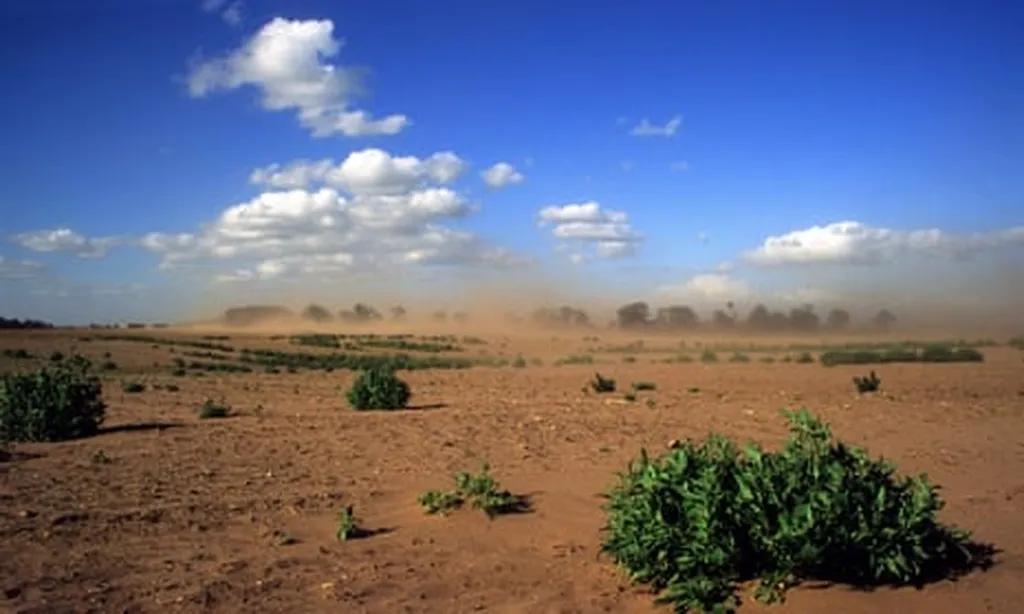In the rapidly evolving field of landscape ecology, a comprehensive bibliometric analysis has shed light on the state of research and the dominant issues, offering valuable insights for researchers, students, and policymakers alike. The study, led by Yuan Bao-Zhong from the College of Plant Science and Technology at Huazhong Agricultural University in Wuhan, China, analyzed 4,496 papers from the Web of Science database, spanning from 1976 to March 15, 2025. This extensive review provides a roadmap for understanding the current landscape of landscape ecology research and its potential impacts on various sectors, including energy.
The analysis revealed that the majority of papers were published in English (4,408, 98.043%) and originated from 130 countries or regions, with the top five being the USA, Peoples R China, Canada, Australia, and England. The United States Department of Agriculture (USDA), United States Forest Service, University of California System, Chinese Academy of Sciences, and Centre National De La Recherche Scientifique (CNRS) were the leading organizations in terms of publication volume. “This extensive collaboration across borders and institutions highlights the global importance of landscape ecology research,” noted Yuan Bao-Zhong.
The study identified eight clusters of topic research through co-occurrence network visualization using VOSviewer, a tool that helps visualize the relationships between different research areas. By examining the occurrence of keywords over different periods, the researchers were able to pinpoint both historical and emerging research trends. This temporal analysis provides a dynamic view of the field, allowing researchers to identify gaps and opportunities for future studies.
One of the most compelling findings of the study is the alignment of landscape ecology research with the United Nations Sustainable Development Goals (SDGs). The analysis showed that the majority of papers focused on SDGs 15 (Life On Land), 13 (Climate Action), and 14 (Life Below Water), with significant contributions to SDGs 2 (Zero Hunger) and 11 (Sustainable Cities and Communities). “This alignment underscores the critical role of landscape ecology in addressing global challenges and achieving sustainable development,” said Yuan Bao-Zhong.
For the energy sector, the insights gleaned from this bibliometric analysis are particularly relevant. Landscape ecology research can inform the development of renewable energy projects, such as wind and solar farms, by identifying suitable locations that minimize environmental impact. Additionally, understanding the ecological dynamics of landscapes can help mitigate the effects of climate change, a key concern for the energy sector as it transitions to cleaner energy sources.
The study also highlighted the top journals in the field, with Landscape Ecology, Landscape and Urban Planning, Ecological Applications, Ecology, and Ecological Indicators publishing the most papers. These journals serve as valuable resources for researchers seeking to stay abreast of the latest developments in landscape ecology and its applications.
Published in the Journal of Landscape Ecology (translated to English as “Journal of Landscape Ecology”), this bibliometric analysis provides a comprehensive overview of the current state of research in landscape ecology. The findings offer guidance for future research directions and can help students identify graduate schools and researchers select journals for publishing their work. As the field continues to evolve, this analysis will serve as a crucial reference point for advancing our understanding of landscape ecology and its broader implications for sustainable development and the energy sector.

